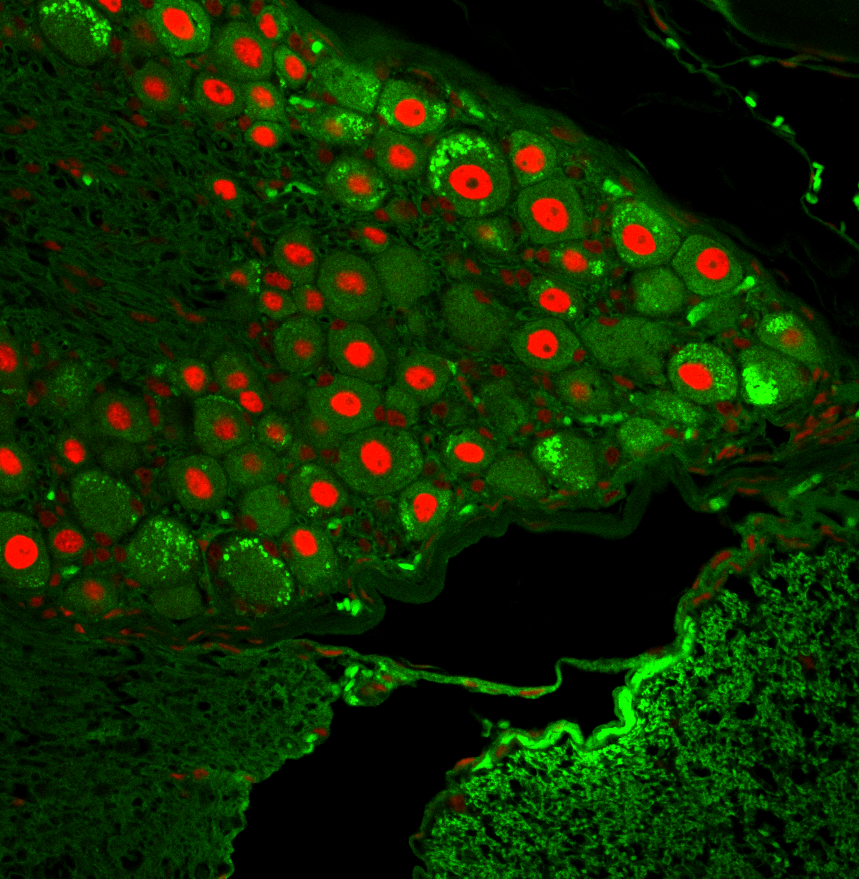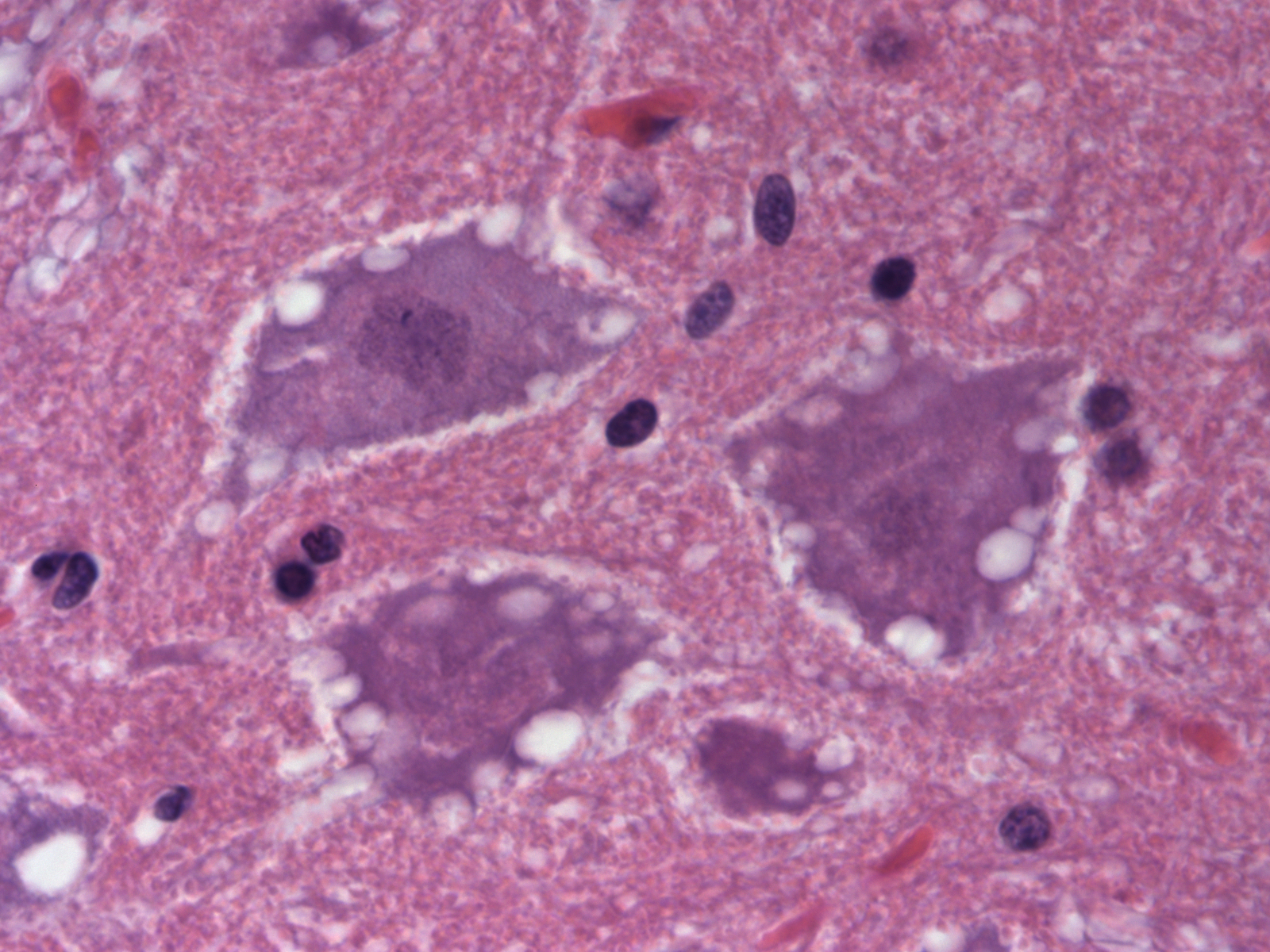Neurodegeneration and disease
There are no bulk mechanisms to repopulate neurons in the nervous system; thus, the neurons that we are born with need to survive for our entire lifetime. Understanding the processes by which neurons are kept alive as we age will help clarify the molecular basis of neurodegenerative diseases and inform strategies for developing diagnostic biomarkers and therapies.
We have recently found that the six-transmembrane protein GDE2 is essential for neuronal survival in the adult nervous system. GDE2 acts at the cell surface to cleave the GPI-anchor that tethers some proteins to the plasma membrane, and cleavage can activate or inhibit GPI-anchored protein activity. Ongoing research in the lab examines the cellular and molecular mechanisms involved in GDE2 neuroprotective function. Recent discoveries suggest that developmental pathways regulated by GDE2 are reutilized in the adult to keep neurons alive. Strikingly, these pathways are disrupted in human neurodegenerative diseases such as Alzheimer’s disease (AD). Current studies involve collaborations with investigators using human and fly models of disease to examine how GDE2 dysfunction could contribute to AD and AD-related diseases.
Find out more about GDE2 function in spinal motor neuron survival: PDF
Released GPI-anchored proteins can partition to bodily fluids such as cerebrospinal fluid (CSF) and serum. Our discovery that GDE2 function is disrupted in human disease suggests that GPI-anchored protein release in CSF or serum is decreased in pathogenic conditions. Ongoing collaborations are investigating if decreased GPI-anchored protein release can be developed as diagnostic biomarkers of AD and ALS-FTD.
Methodologies used in these studies include biochemistry, cell and molecular biology, mouse and fly genetics, proteomics, primary neuronal and oligodendrocyte cultures, cell lines, analysis of postmortem human tissue, viral work and imaging.


